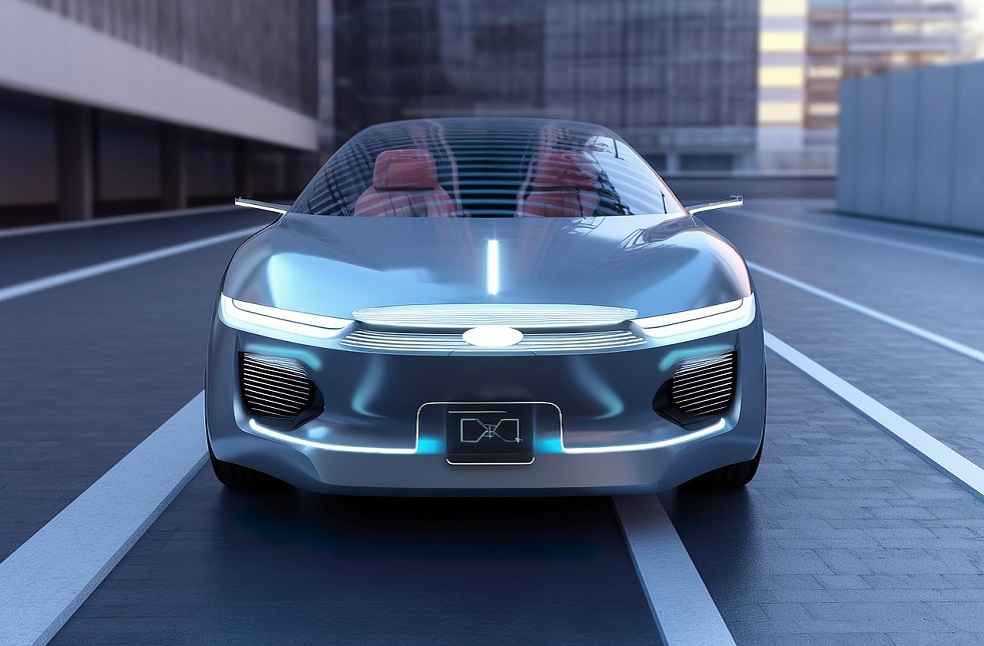The world automobile industry is on the cusp of a transformative decade. Driven by environmental regulations, technological advancements, and shifting consumer preferences, the landscape of car ownership and mobility solutions is poised for significant change by 2030. Here, we explore the key trends that will likely shape the industry in the years to come.
The Electric Revolution: Electric vehicles (EVs) are expected to dominate the market in 2030. Governments around the world are implementing stricter emission regulations, incentivizing EV adoption and phasing out internal combustion engine (ICE) vehicles. Major automakers are investing heavily in EV development, with a wider range of models catering to diverse needs and budgets becoming available.

Rise of Autonomous Vehicles: While fully autonomous vehicles may not be ubiquitous by 2030, significant progress in self-driving technology is expected. Advanced driver-assistance systems (ADAS) will become standard, offering increased safety and semi-autonomous functionalities. This could lead to car ownership models shifting towards ride-hailing and car-sharing services, particularly in urban areas.
Connectivity and Personalization: The connected car will be a defining feature of the 2030 auto industry. Vehicles will seamlessly integrate with smartphones and smart infrastructure, offering features like real-time traffic updates, remote diagnostics, and in-car entertainment tailored to user preferences. Additionally, personalization options will extend beyond entertainment, with customizable driving modes and cabin environments catering to individual needs.

Sustainable Manufacturing: Environmental consciousness will be a critical factor in the 2030 auto industry. Manufacturers will focus on using recycled materials in production, adopting cleaner manufacturing processes, and reducing the overall carbon footprint of their vehicles. Sustainable sourcing of raw materials and battery recycling will also gain importance.
Geographical Shifts: The global auto industry landscape is expected to change. While traditional car-producing nations like Germany, Japan, and the US will remain major players, emerging markets like China and India are expected to see significant growth in EV production and sales. These countries are leveraging government support and lower labor costs to become key players in the electric vehicle revolution.
Challenges and Uncertainties: Despite the exciting possibilities, the road ahead is not without its challenges. Building the necessary charging infrastructure to support a large-scale EV transition will be crucial. Additionally, ensuring the affordability of EVs and developing a skilled workforce for the new technologies will be essential.

In conclusion, the world automobile industry in 2030 will be a vastly different landscape compared to today. The dominance of electric vehicles, the rise of autonomous technologies, and a focus on sustainability will reshape every aspect of the industry. While challenges remain, this transformation presents exciting opportunities for innovation and a more sustainable transportation future.
MOST READ | China’s EV Boom Sparks Global Demand for Car-Carrying Ships





